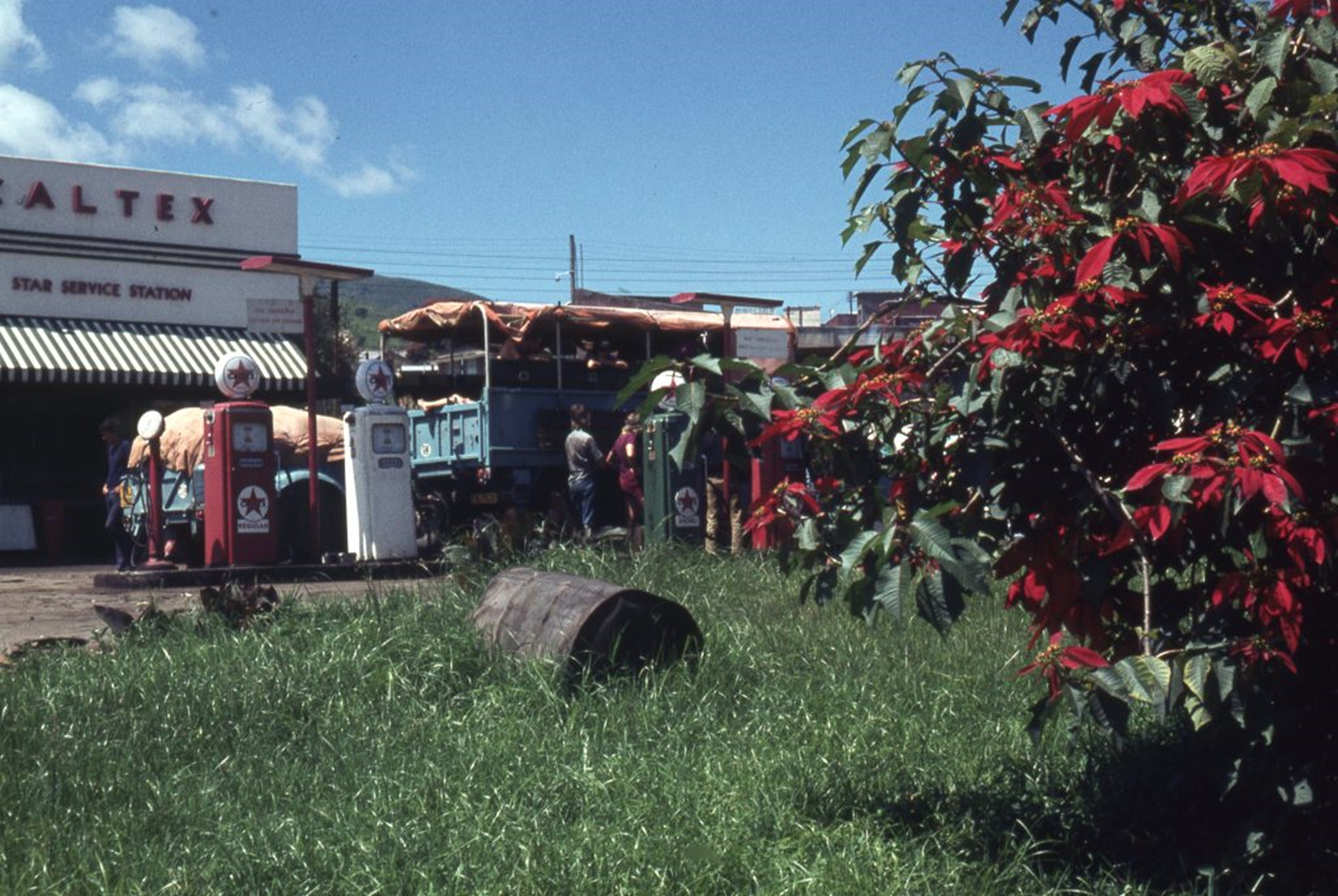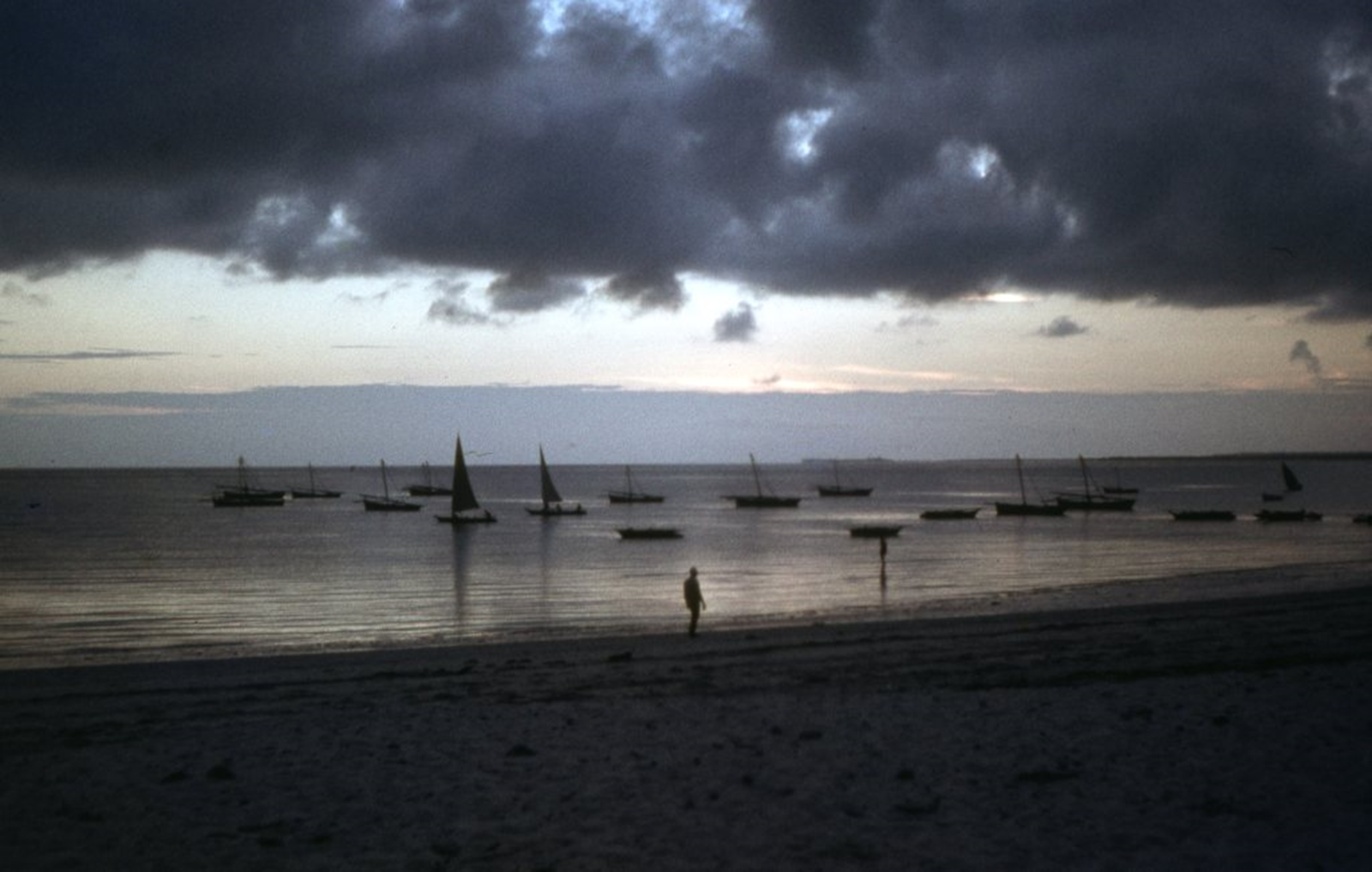AFRICAN ENCOUNTER
Overland Safari Blog
January – May 1973
Part Two – Lusaka (Zambia) to Near the Tanga Turnoff (Tanzania)
Acknowledgements
I am afraid that I neglected to give my thanks in Part One for the invaluable advice I have received in helping to write this Blog:
- Firstly to Alex Gee for identifying a simple means of Blogging which perfectly matches my Computer skills.
- To my Daughter, Helena, for her thoughts about the size of the original Blog, (which as a whole was massive) and from which emerged the idea of posting the Blog in instalments which would, roughly, match the dates from 50 years ago, and
- To those members of the Encounter Overland Facebook group and others who have posted such positive comments on Part One, and of course to .
- To creators and operators of Encounter Overland without whom, none of the events described in this Blog, would ever have happened.
Thanks to you all for reading thus far !
Preface
I include this section as a reminder for myself, and anyone else reading this who ,may be beginning to feel the effects of Ageing in whatever way, as this Blog is written exactly 50 years
after the events which it records.
It comprises Memories – it is amazing what
is remembered, and with help from my little Dagboeki (Afrikaans for Diary) and Photographs, originally slides (which were OK in
1973, but are a bit faded now!).
It is being “published" in parts
which approximately align with the dates 50 years ago. Each section includes some photos, some memories and thoughts on the events, as well as
some typos and some other issues that show my inability to master the technical
aspects of Blogging (tears out hair – what hair you ask?).
The journey continues:
6-7 February 1973
Herbert, the wonderful German mechanic referred to in Part One, had clearly done a great job on the engine of our Truck and we were able to get the "Show on the Road" once more, and now with a complete cast of characters. Our route would now take us along the Great North Road, previously
been known as the “Hell Run “ on account of its dangers and pitted surface. That
had recently changed and the road was now tarred and seemingly fit for traffic of all
sorts.
It was along this road that we
encountered a jeep full of Zambian soldiers who followed us for some way, they
did not appear to be in the slightest concerned about our presence on the road,
however when one of our number, rather unwisely pointed a camera at them, we
were immediately stopped and he was invited to expose the roll of film which he
had in his camera – despite his protests that he had not taken any photographs of aforementioned soldiers.
This was a lesson for us all in the sensitivity which exists from the
authorities in what were countries recently liberated from having been
colonies of European countries.
Our route took us parallel to the
route of the new railway line which was being built between the Kpiri Mposhi in
Zambia and the port of Dar es Salaam, thereby (see the earlier entry on 30
January), avoiding the need to carry freight through Southern Rhodesia.
8 February 1973
The first large town we came to was
Mbeya with its market where we were able to stock up with fresh supplies for
the next stage of the journey. After Mbeya we had our first view of the Rift
Valley, that great scar down the African continent which we would come to know
much more of as we progressed .
During the afternoon session I was
sitting in the cab of the truck while Clive was driving, We heard the bell
ring, which meant that someone wanted the truck to stop. Instinctively I looked
in the wing mirror and to my surprise and horror I saw the trailer bouncing
along the road, with its bar down on the road until it veered left and
disappeared off the road and down the embankment. In my shock I said something
like: ‘Clive I think we’ve lost the trailer’, which indeed we had, the coupling clearly had not been attached securely and with a bump in the road the trailer had broken
free.
When the Truck was able to stop we ran
back to see where the trailer lay at the bottom of the embankment with all of our
luggage displayed for all to see. While we considered the situation a crowd of
local folk gathered to watch this new entertainment. So down we went and
started to collect our belongings and take them up the bank and collect them in
a pile at the top. It was then that the situation changed, for some Chinese arrived, who were clearly in authority, and orders were given to the watching
Tanzanians. The orders, presumably in Swahili had them running down the bank and had
the trailer, albeit rather bent, to the top of the bank in next to no time. It
did not take long for the dents to be hammered out and the contents re-loaded.
But, by now we had lost significant amount of time, and the decision was made to pitch camp
in a nearby layby and to invite some of the Tanzanians who had been so helpful to
come and share our supper which I believe was a rather tasty Stew. I recall very well, taking the name and address of one and was
able to enter into correspondence with him for some time, including the delicious meal that Paula had prepared. My Mother, having
heard the story, even baked one of her special fruit cakes and sent it to him. (Her Fruit Cakes were of the sort that improve with age - she had sent me one in JHB, and a journey of 2-3 months to Tanzania would undoubtedly have let it mature and add to its flavour!) Those simple acts of
generosity may well have surpassed anything that they had received before.
9 February 1973
Morogoro was the next town of any
size that we passed through and it was here that we acquired a preacher who, unasked, mounted the trailer bar and commenced delivering us the message of his Lord.
What is particularly interesting is
the religions in East Africa is that Christianity, Islam and Hindu all
appeared to co-exist side by side. The Christian religion had been brought to
Africa by missionaries, the most famous of whom was Doctor Livingstone, but now
the descendants of those early converts were busy preaching to anyone who
would, or would not listen. What they could not understand was how the
descendants from those countries from whom the original missionaries had come
now seemed to have little interest or involvement in any form of organised
religion. The Moslem and Hindu beliefs had mostly arrived with the workers who
were imported to build and operate the original railways in East Africa.
10 February 1973
Our arrival at Dar es Salaam brought
us to one of the largest cities in Tanzania, and it was from here that some of
the party chose to make the short trip across the water to Zanzibar. Our
campsite at Dar was near to the beach and having been alerted about crime in
the larger towns we posted guards around the camp during the nights that we
were there. Fortunately we were not required to call upon the combat skills of
our former soldiers, but it was comforting to know that they were there should
the need arise.
We did not stay for long in Dar but
headed up the coast to Bagamoyo. This was where Livingstone had launched his
first expedition / mission to the centre of Africa which included establishing
a Church in what is now Malawi, negotiating for the abolition of the slave
trade as well as discovering the Victoria Falls, (“The smoke that thunders” in
Swahili) and from where the town which bears his name was established. Our route
northwards took us through the country of the Makonde carvers who practiced the
tradition of producing figures and other statues etc from Ebony, and which had
become popular amongst the tourists. Bagamoyo has also a darker past related to
the slave trade, for it was here that they were sold and transported by their
new masters.
Some of their work – Albeit slightly wonky, and certainly too large to take as a souvenir!
Dawn over the Indian Ocean near Dares Salaam,
with, in the background a symbol of the 20th century, a large
oil tanker waiting to off load its cargo at Dar.
11 February 1973
After another night by the beach at
Dar we started to head inland. That night was particularly challenging in that
we slept without our tents as had now become the norm in the country areas. The
sunset had been particularly beautiful with the clouds showing their rainbow
colours to good effect, had we been more experienced in African weather we
would have known what that sunset portended.
It was in the early hours that the
heavens opened and those of us who had been sleeping out had to take refuge in
the truck to the obvious annoyance of those who were sleeping there already.
Somehow we got through the night and set about drying our soaking sleeping bags
in what was fast becoming another warm day.
12 February 1973
The following morning brought our
first encounter with the Maasai as three tribesmen, beautifully dressed and
equipped, appeared and watched in amusement as we set about drying our kit and
having breakfast. We had not expected the Maasai to be so friendly, and here
were three of them happy to have their photographs taken, and I rather think I
remember, to share our breakfast.
First encounter with the Masai, note how the Girls wanted to get pictures of the Maasai and pose with them, while someone in the background was re-loading the Trailer and drying the sodden kit, but WHY NOT!













Comments
Post a Comment